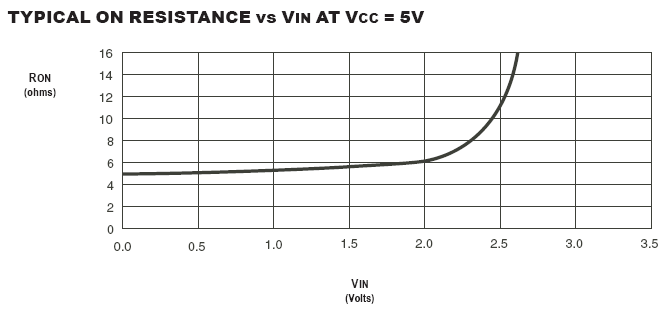While searching for a suitable part for my application, I found some parametric search values that were not correct. For example, in the Little Logic section, the max current is listed as +/- 50 mA for the SN74AHC1G02-EP, SN74AHC1G126-EP, and SN74AHC1G86-EP. But I think that it should be +/- 8 mA at 5V (+/- 50 uA would be at 2V). In the Buffer/Driver/Transceiver section, I found the SN74AHC04 which is also wrong in the same way, but the data sheet is also wrong. It incorrectly states the IOH and IOL current as +/- 50 mA @ 2V. However the same data sheet also lists VOH and VOL with the correct value of IOH/IOL of 50 uA. I think there are many more parts that the parametric search that incorrectly list the drive as +/- 50 mA.
I am looking for a buffer to drive a 0 to 5V PWM signal into 50 Ohms. I don't think there are any logic family ICs that fit that need. If there are, please let me know which ones. If not, what family of ICs would be best for that application? Video amplifiers? Op-amps? Motor Drivers?
Thanks,
Greg


